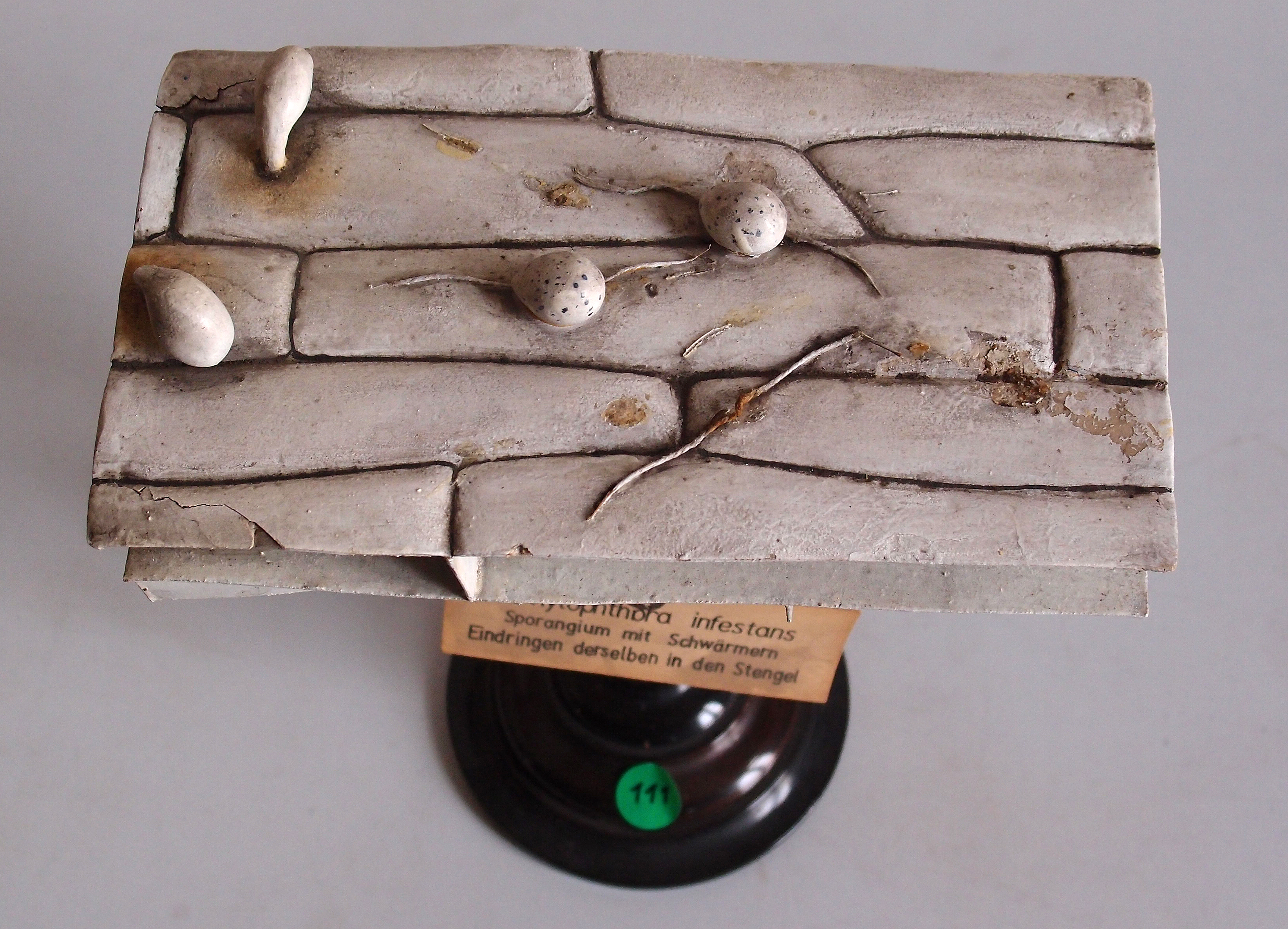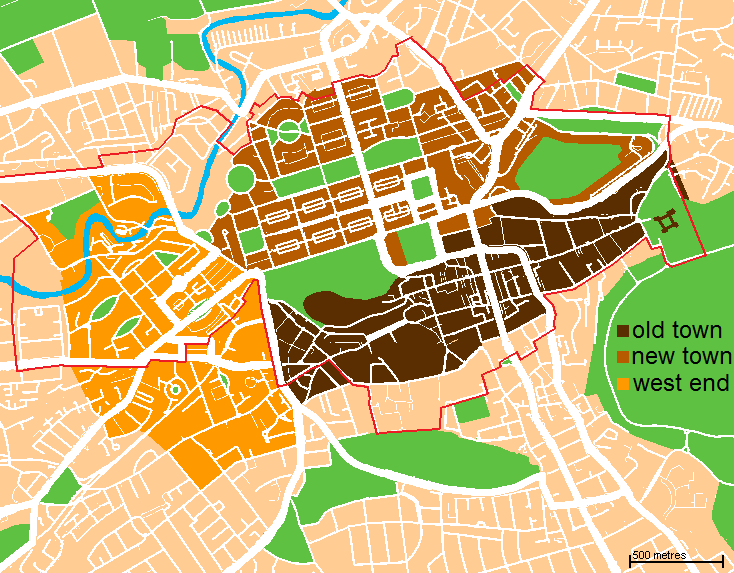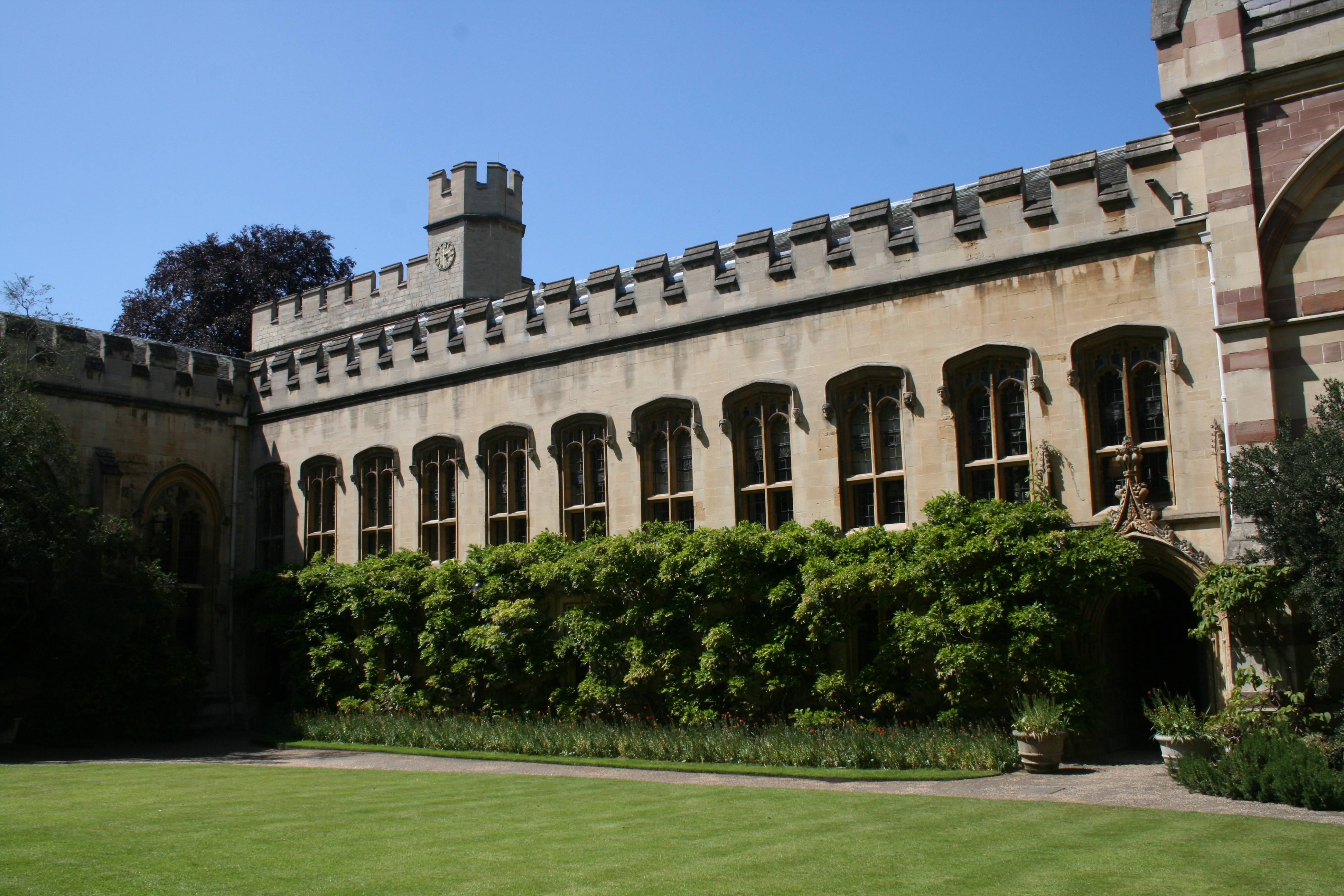|
Cosmo Innes
Cosmo Nelson Innes FRSE (9 September 1798 – 31 July 1874) was a Scottish advocate, judge, historian and antiquary. He served as Advocate-Depute, Sheriff of Elginshire, and Principal Clerk of Session. He was a skilled decipherer of ancient Scottish records and helped to compile, edit and index ''Acts of the Scottish Parliament 1124–1707''. He was said to be tall, handsome but shy. He was accused of being a Catholic sympathiser whilst it remained illegal, and joined the newly created Scottish Episcopal Church, close in practice to the Catholic Church. Dean Ramsay, head of the Episcopal Church, was one of his friends. Life Born in Durris House to Euphemia Russell and John Innes of Leuchars WS. His middle name, Nelson, is almost certainly to mark Horatio Nelson's then recent victory at the Battle of the Nile in August 1798. Thirteen of his 14 siblings died, only he and his sister Elizabeth survived. His friends included Alexander Forbes Irvine (1818–1892), whose care ... [...More Info...] [...Related Items...] OR: [Wikipedia] [Google] [Baidu] |
Edinburgh High School
The Royal High School (RHS) of Edinburgh is a co-educational school administered by the City of Edinburgh Council. The school was founded in 1128 and is one of the oldest schools in Scotland. It serves 1,200 pupils drawn from four feeder primaries in the north-west of the city: Blackhall primary school, Clermiston primary school, Cramond and Davidson's Mains. The school's profile has given it a flagship role in education, piloting such experiments as the introduction of the Certificate of Secondary Education, the provision of setting in English and mathematics, and the curricular integration of European Studies and the International Baccalaureate. The Royal High School was last inspected by HMIE in April 2007. The rector is Pauline Walker who replaced Jane Frith, the first woman to head the school. History The Royal High School is, by one reckoning, the 18th- oldest school in the world, with a history of almost 900 years. Historians associate its birth with the flowerin ... [...More Info...] [...Related Items...] OR: [Wikipedia] [Google] [Baidu] |
Burghead
Burghead ( sco, Burgheid or ''The Broch'', gd, Am Broch) is a small town in Moray, Scotland, about north-west of Elgin. The town is mainly built on a peninsula that projects north-westward into the Moray Firth, surrounding it by water on three sides. People from Burghead are called Brochers. The present town was built between 1805 and 1809, destroying in the process more than half of the site of an important Pictish hill fort. General Roy's map shows the defences as they existed in the 18th century although he wrongly attributed them to the Romans. The fort was probably a major Pictish centre and was where carved slabs depicting bulls, known as the Burghead Bulls, were found. A chambered well of some considerable antiquity was discovered in 1809 and walls and a roof were later added to help preserve it. Each year on 11 January a fire festival known as the Burning of the Clavie takes place; it is thought that the festival dates back to the 17th century, although it could ... [...More Info...] [...Related Items...] OR: [Wikipedia] [Google] [Baidu] |
Potato Blight
''Phytophthora infestans'' is an oomycete or water mold, a fungus-like microorganism that causes the serious potato and tomato disease known as late blight or potato blight. Early blight, caused by '' Alternaria solani'', is also often called "potato blight". Late blight was a major culprit in the 1840s European, the 1845–1852 Irish, and the 1846 Highland potato famines. The organism can also infect some other members of the Solanaceae. The pathogen is favored by moist, cool environments: sporulation is optimal at in water-saturated or nearly saturated environments, and zoospore production is favored at temperatures below . Lesion growth rates are typically optimal at a slightly warmer temperature range of . Etymology The genus name ''Phytophthora'' comes from the Greek –(), meaning : "plant" – plus the Greek (), meaning : "decay, ruin, perish". The species name ''infestans'' is the present participle of the Latin verb , meaning : "attacking, destroying", from which ... [...More Info...] [...Related Items...] OR: [Wikipedia] [Google] [Baidu] |
Sheriff Of Moray
A sheriff is a government official, with varying duties, existing in some countries with historical ties to England where the office originated. There is an analogous, although independently developed, office in Iceland that is commonly translated to English as ''sherif''. Description Historically, a sheriff was a legal official with responsibility for a shire, the term being a contraction of "shire Reeve (England), reeve" (Old English ). In British English, the political or legal office of a sheriff, term of office of a sheriff, or jurisdiction of a sheriff, is called a shrievalty in England and Wales, and a sheriffdom in Scotland. In modern times, the specific combination of legal, political and ceremonial duties of a sheriff varies greatly from country to country. * In England, Northern Ireland, or Wales, a sheriff (or high sheriff) is a ceremonial county or city official. * In Scotland, sheriffs are judges. * In the Republic of Ireland, in some counties and in the citi ... [...More Info...] [...Related Items...] OR: [Wikipedia] [Google] [Baidu] |
New Town, Edinburgh
The New Town is a central area of Edinburgh, the capital of Scotland. It was built in stages between 1767 and around 1850, and retains much of its original neo-classical and Georgian period architecture. Its best known street is Princes Street, facing Edinburgh Castle and the Old Town across the geological depression of the former Nor Loch. Together with the West End, the New Town was designated a UNESCO World Heritage Site alongside the Old Town in 1995. The area is also famed for the New Town Gardens, a heritage designation since March 2001. Proposal and planning The idea of a New Town was first suggested in the late 17th century when the Duke of Albany and York (later King James VII and II), when resident Royal Commissioner at Holyrood Palace, encouraged the idea of having an extended regality to the north of the city and a North Bridge. He gave the city a grant:That, when they should have occasion to enlarge their city by purchasing ground without the town, or to b ... [...More Info...] [...Related Items...] OR: [Wikipedia] [Google] [Baidu] |
Ramsay Gardens
Ramsay Garden is a block of sixteen private apartment buildings in the Castlehill area of Edinburgh, Scotland. They stand out for their red ashlar and white harled exteriors, and for their prominent position, most visible from Princes Street. Developed into its current form between 1890 and 1893 by the biologist, botanist and urban planner Patrick Geddes, Ramsay Garden started out as Ramsay Lodge, an octagonal house built by the poet and wig-maker Allan Ramsay the Elder in 1733. The house was also known variously as Ramsay Hut and Goosepie House (due to the roof shape). It was complemented by the addition of Ramsay Street, a short row of simple Georgian Houses in 1760. The latter (in revamped form) stand on the north side of the access to the inner courtyard. History Geddes' work on Ramsay Garden began in the context of an urban renewal project that he had embarked on in Edinburgh’s Old Town. The area had fallen into disrepair, and Geddes hoped both to improve the living c ... [...More Info...] [...Related Items...] OR: [Wikipedia] [Google] [Baidu] |
Royal Mile
The Royal Mile () is a succession of streets forming the main thoroughfare of the Old Town of the city of Edinburgh in Scotland. The term was first used descriptively in W. M. Gilbert's ''Edinburgh in the Nineteenth Century'' (1901), describing the city "with its Castle and Palace and the royal mile between", and was further popularised as the title of a guidebook by R. T. Skinner published in 1920, "''The Royal Mile (Edinburgh) Castle to Holyrood(house)''". The Royal Mile runs between two significant locations in the royal history of Scotland: Edinburgh Castle and Holyrood Palace. The name derives from it being the traditional processional route of monarchs, with a total length of approximately one Scots mile, a now obsolete measurement measuring 1.81km. The streets which make up the Royal Mile are (west to east) Castlehill, the Lawnmarket, the High Street, the Canongate and Abbey Strand. The Royal Mile is the busiest tourist Tourism is travel for pleasure ... [...More Info...] [...Related Items...] OR: [Wikipedia] [Google] [Baidu] |
Allan Ramsay (poet)
Allan Ramsay (15 October 16867 January 1758) was a Scottish poet (or ''makar''), playwright, publisher, librarian, and impresario of early Enlightenment Edinburgh. Life and career Allan Ramsay was born at Leadhills, Lanarkshire, to John Ramsay, superintendent of Lord Hopetoun's lead-mines and his wife, Alice Bower, a native of Derbyshire. Allan Ramsay and his elder brother Robert probably attended the parish school at Crawfordjohn. In 1701 Allan was apprenticed to a wig-maker in Edinburgh and received his indentures back by 1709. He married Christian Ross in 1712; a few years after he had established himself as a wig-maker (not as a barber, as has been often said) in the High Street, and soon found himself in comfortable circumstances. They had six children. His eldest child was Allan Ramsay, the portrait painter. Ramsay's first efforts in verse-making were inspired by the meetings of the Easy Club (founded in 1712), of which he was an original member; and in 1715 he becam ... [...More Info...] [...Related Items...] OR: [Wikipedia] [Google] [Baidu] |
Faculty Of Advocates
The Faculty of Advocates is an independent body of lawyers who have been admitted to practise as advocates before the courts of Scotland, especially the Court of Session and the High Court of Justiciary. The Faculty of Advocates is a constituent part of the College of Justice and is based in Edinburgh. Advocates are privileged to plead in any cause before any of the courts of Scotland, including the sheriff courts and district courts, where counsel are not excluded by statute. History The Faculty has existed since 1532 when the College of Justice was set up by Act of the Parliament of Scotland, but its origins are believed to predate that event. No curriculum of study, residence or professional training was, until 1856, required on entering this profession, but the faculty always had the power of rejecting any candidate for admission. Subsequently candidates underwent two private examinations; one in general scholarship that could be substituted by evidence of an equiv ... [...More Info...] [...Related Items...] OR: [Wikipedia] [Google] [Baidu] |
Balliol College, Oxford
Balliol College () is one of the constituent colleges of the University of Oxford in England. One of Oxford's oldest colleges, it was founded around 1263 by John I de Balliol, a landowner from Barnard Castle in County Durham, who provided the foundation and endowment for the college. When de Balliol died in 1268, his widow, Dervorguilla, a woman whose wealth far exceeded that of her husband, continued his work in setting up the college, providing a further endowment and writing the statutes. She is considered a co-founder of the college. The college's alumni include four former Prime Ministers of the United Kingdom ( H. H. Asquith, Harold Macmillan, Edward Heath, and Boris Johnson), Harald V of Norway, Empress Masako of Japan, five Nobel laureates, several Lords of Appeal in Ordinary, and numerous literary and philosophical figures, including Shoghi Effendi, Adam Smith, Gerard Manley Hopkins, and Aldous Huxley. John Wycliffe, who translated the Bible into English, was m ... [...More Info...] [...Related Items...] OR: [Wikipedia] [Google] [Baidu] |
University Of Glasgow
, image = UofG Coat of Arms.png , image_size = 150px , caption = Coat of arms Flag , latin_name = Universitas Glasguensis , motto = la, Via, Veritas, Vita , mottoeng = The Way, The Truth, The Life , established = , type = Public research university Ancient university , endowment = £225.2 million , budget = £809.4 million , rector = Rita Rae, Lady Rae , chancellor = Dame Katherine Grainger , principal = Sir Anton Muscatelli , academic_staff = 4,680 (2020) , administrative_staff = 4,003 , students = () , undergrad = () , postgrad = () , city = Glasgow , country = Scotland, UK , colours = , website = , logo ... [...More Info...] [...Related Items...] OR: [Wikipedia] [Google] [Baidu] |




